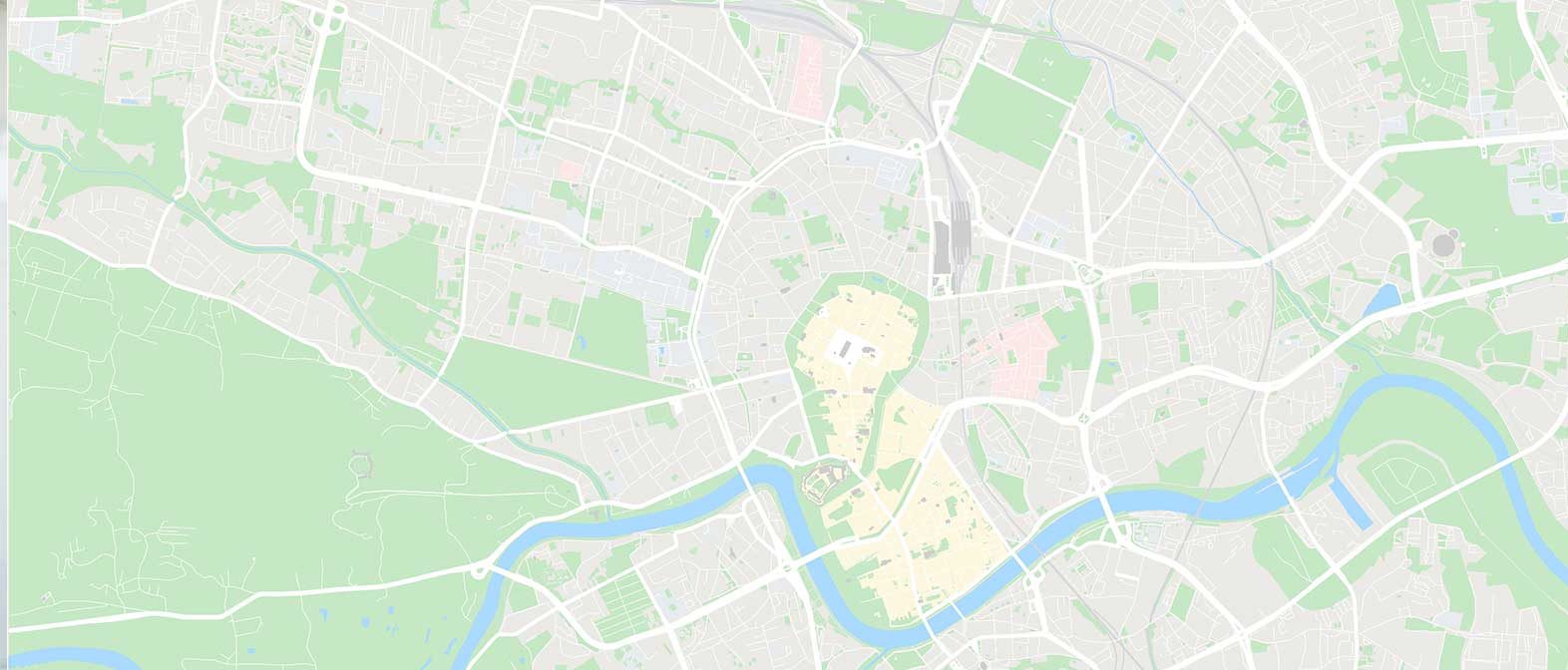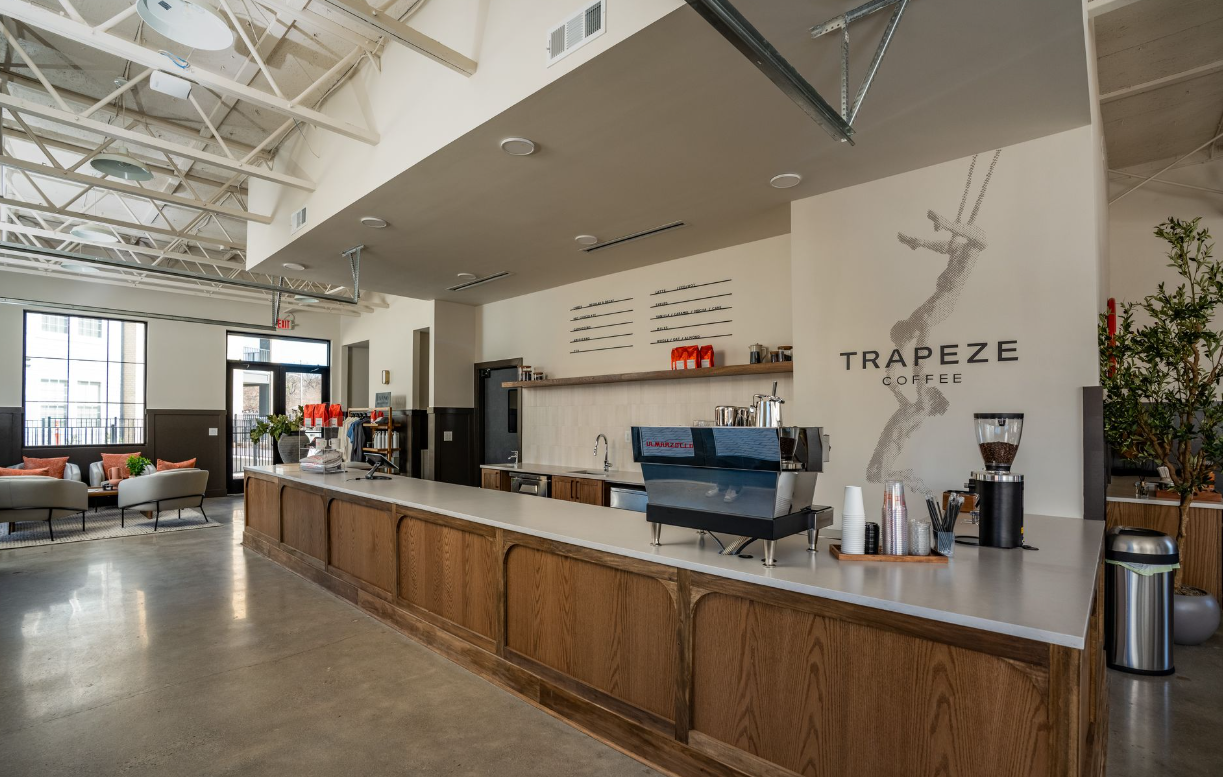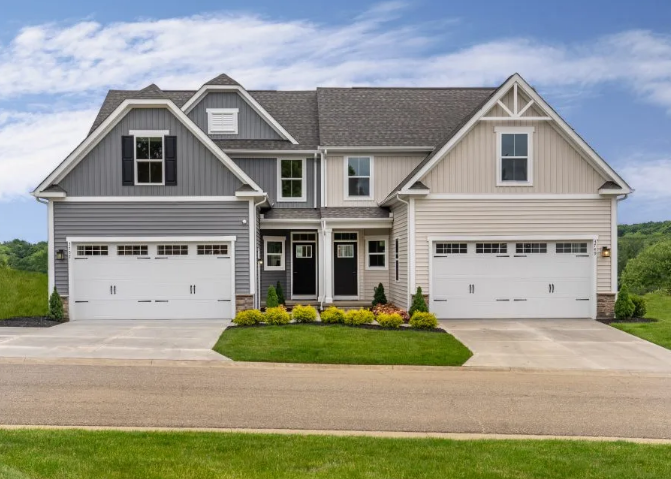When it comes to investing in commercial real estate, one of the most critical metrics to understand is the capitalization rate, commonly referred to as the “cap rate.” The cap rate is a fundamental tool used by investors, appraisers, and real estate professionals to assess the value of income-generating properties and to compare the potential returns on different investments. Capitalization rates play a significant role when using the direct capitalization method in the income approach in commercial appraisal.
What Is a Capitalization Rate?
The capitalization rate is a percentage that represents the rate of return expected on a real estate investment property. It is calculated by dividing the property’s net operating income (NOI) by its current market value or purchase price. The formula for the cap rate is:
Cap Rate = (Net Operating Income / Current Market Value) × 100
Where:
Net Operating Income (NOI) is the annual income generated by the property after operating expenses are deducted, but before mortgage payments and taxes.
Current Market Value is the property’s market price or the price at which it is being offered for sale.
For example, if a property has an NOI of $100,000 and is valued at $1,000,000, the cap rate would be:
Cap Rate = ($100,000 / $1,000,000) × 100 = 10%
This 10% cap rate indicates the property is expected to generate a 10% return on investment annually, assuming it was purchased at the current market value.
How Are Capitalization Rates Determined?
Capitalization rates are influenced by several factors, including the property’s location, type, condition, and the broader economic environment. Here’s how cap rates are typically determined:
- Market Comparisons:
Cap rates are often derived by analyzing recent sales of comparable properties in the same market. Real estate professionals look at the cap rates at which similar properties have been bought and sold, adjusting for differences in property characteristics and income potential. This method helps establish a baseline for what investors expect in terms of return for a particular type of property in a specific location.
- Risk and Return:
The cap rate reflects the perceived risk of an investment. Properties in highly desirable locations with stable tenants and long-term leases generally have lower cap rates because they are considered lower-risk investments. Conversely, properties in less desirable areas or with higher vacancy rates may have higher cap rates, reflecting the increased risk and the expectation of a higher return to compensate for that risk.
- Economic and Market Conditions:
Broader economic conditions, such as interest rates, inflation, and the overall health of the real estate market, also influence cap rates. For example, in a low-interest-rate environment, cap rates tend to be lower because investors are willing to accept lower returns in exchange for stable, income-generating properties. Conversely, in a high-interest-rate environment, cap rates may rise as the cost of borrowing increases, pushing investors to seek higher returns.
- Property-Specific Factors:
Specific factors related to the property itself, such as its age, condition, tenant quality, lease terms, and potential for income growth, play a significant role in determining the cap rate. Properties with long-term leases from creditworthy tenants typically have lower cap rates, while those with short-term or uncertain leases may have higher cap rates.
- Investor Expectations:
Cap rates are also influenced by investor expectations and strategies. Some investors may prioritize properties with lower cap rates for stability and long-term income, while others may seek higher cap rates for short-term gains, especially in markets they believe have growth potential.
How Do Capitalization Rates Affect Property Value?
Cap rates have a direct and significant impact on property value. Understanding this relationship is key for investors, as even small changes in cap rates can lead to substantial differences in property valuations. Here’s how cap rates affect property value:
- Inverse Relationship Between Cap Rates and Property Value:
There is an inverse relationship between cap rates and property values. As cap rates increase, the property’s value decreases, and vice versa. This is because a higher cap rate indicates a higher required return on investment, which implies a lower willingness to pay for the property. Conversely, a lower cap rate suggests a lower required return, allowing for a higher property value.
For example, if the NOI of a property remains constant at $100,000, but the cap rate increases from 5% to 6%, the property value would decrease:
At a 5% cap rate: **Value = $100,000 / 0.05 = $2,000,000**
At a 6% cap rate: **Value = $100,000 / 0.06 = $1,666,667**
A 1% increase in the cap rate leads to a significant drop in the property’s value.
- Cap Rate Compression and Expansion:
Cap rate compression occurs when cap rates decrease, leading to higher property values. This often happens in strong real estate markets where demand for income-generating properties is high, driving up prices. On the other hand, cap rate expansion occurs when cap rates increase, typically due to rising interest rates, increased market uncertainty, or economic downturns, resulting in lower property values.
- Impact on Investment Strategy:
Investors use cap rates to determine whether a property is priced appropriately and to evaluate potential returns. A property with a cap rate that aligns with an investor’s required return is more likely to be considered a good investment. Investors also use cap rates to compare different properties and decide where to allocate their capital.
For instance, an investor might choose a property with a higher cap rate if they are seeking higher returns, even if it comes with greater risk. Conversely, another investor might prefer a lower cap rate for the perceived stability and security it offers.
- Sensitivity to NOI Changes:
Because the cap rate is directly related to NOI, changes in the property’s income can significantly impact its value. Even small increases in NOI can lead to substantial increases in property value if the cap rate remains constant. This is why improving the income potential of a property, such as through rent increases or cost reductions, is a common strategy for boosting property value.
Capitalization rates are a vital metric in commercial real estate, helping investors assess potential returns, compare properties, and determine property value. Understanding how cap rates are determined and how they impact property value is essential for making informed investment decisions. Whether you’re a seasoned investor or new to commercial real estate, keeping a close eye on cap rates can help you navigate the market more effectively and optimize your investment strategy. Remember, while cap rates are a valuable tool, they should be considered alongside other factors such as market trends, property conditions, and long-term investment goals to make the best possible investment choices.
By Thomas McCoy and William Wilson




